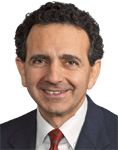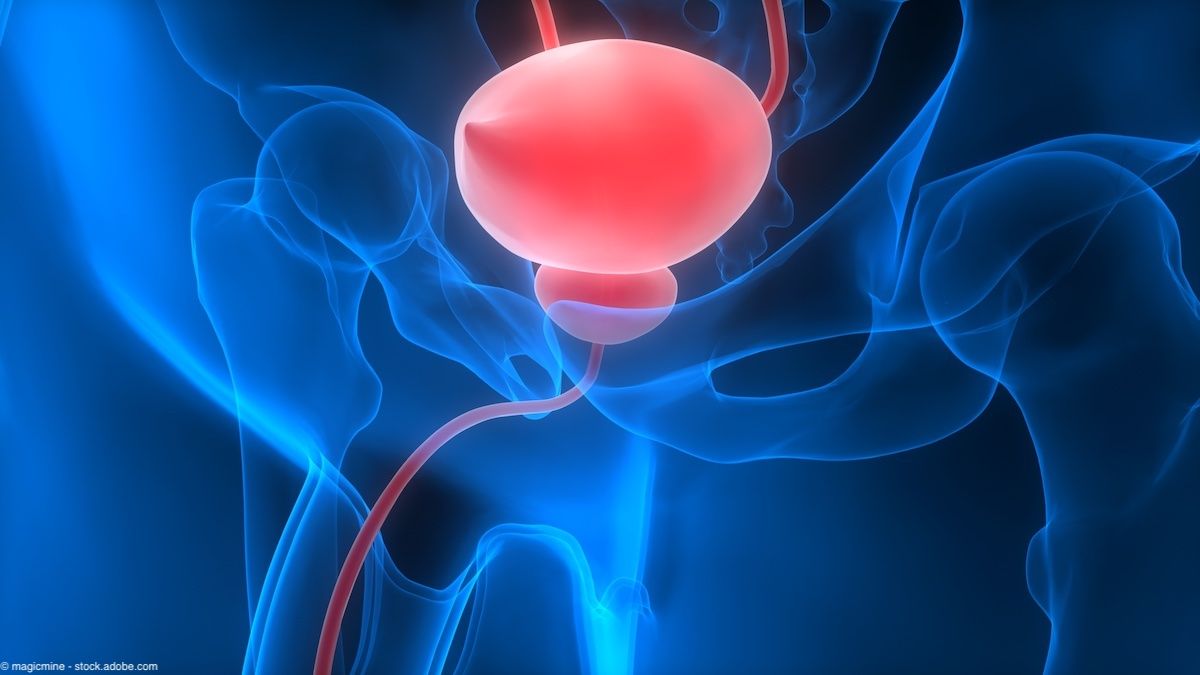Article
Tissue-engineered urethras maintain function long-term
Tubularized urethras can be engineered from autologous cells and used successfully in the reconstruction of complex posterior urethral defects in children to maintain function long-term.

Key Points
Winston-Salem, NC-Tubularized urethras can be engineered from autologous cells and used successfully in the reconstruction of complex posterior urethral defects in children to maintain function long-term, according to a recent study in The Lancet (2011; 377:1175-82).
The tissue was prepared at the HIMFG Tissue Engineering Laboratory, Metropolitan Autonomous University, Mexico City, under the direction of first author Atlantida-Raya Rivera, MD, using techniques developed by senior author Anthony Atala, MD, and colleagues at the Wake Forest Baptist Medical Center's Institute for Regenerative Medicine, Winston-Salem, NC. The surgeries were performed at the Federico Gomez Children's Hospital, Mexico City, between March 2004 and July 2007, in five boys, ages 10 to 14 years, who had either traumatic complete posterior urethral disruption or a failed prior posterior urethral repair.

"We spent about 13 years in our laboratory developing a protocol for tissue-engineering tubularized urethral structures and then launched this pilot study almost 7 years ago, choosing patients needing very complex repairs who could benefit the most," explained Dr. Atala, director of the Institute for Regenerative Medicine, and professor and chair of urology at Wake Forest Baptist Medical Center.
"The success in this difficult group is very gratifying considering the high rates of complications and failure associated with reconstruction of complex urethral defects using tubularized tissue grafts prepared from buccal mucosa or skin. Now, we are planning to investigate the possibility of using these engineered segments in less complex anterior repairs and in adult patients and to see if we can expand the indications for tissue-engineered grafts from autologous cells to other organs," he told Urology Times.
Cells seeded onto 3-D scaffold
The tubularized urethral structures were developed in a process that took 4 to 7 weeks, beginning with expansion of cells obtained in a 1 x 1-cm bladder biopsy performed through a small suprapubic incision. Smooth muscle and urothelial cells were isolated from the bladder tissue and expanded in culture. After verification of cell type by immunohistochemistry and histology, the epithelial cells were seeded onto the luminal surface of a 3-D scaffold and the muscle cells onto the outer surface. The scaffold was created from a biodegradable mesh and sized according to the length of each patient's defect.
Once the tissue-engineered material was ready, the defect was excised and the graft was fixed to native urethra with absorbable sutures. A urethral catheter was placed at the end of surgery and was removed after 2 weeks in the first patient. However, the patient developed a decreased voiding stream 2 weeks later due to narrowing at the proximal superior graft anastomotic site. He was treated successfully with a transurethral incision, but in all subsequent patients, the catheter was left for 4 weeks.
Dr. Atala acknowledged that cost is always a concern for any new procedure, and there is no question that the cost of a tissue-engineered tubularized urethral graft is higher than for one prepared using skin or buccal mucosa. However, there should be cost savings with successful scale-up of the technology to serve a larger population, and cost comparisons need also take into account the costs of managing complications and failures with current graft techniques.
"This work is an example of how the strategies of tissue engineering can be applied to multiple tissues and organs," said Dr. Atala, whose team used a similar approach to engineer replacement bladders that were implanted in nine children beginning in 1998.





